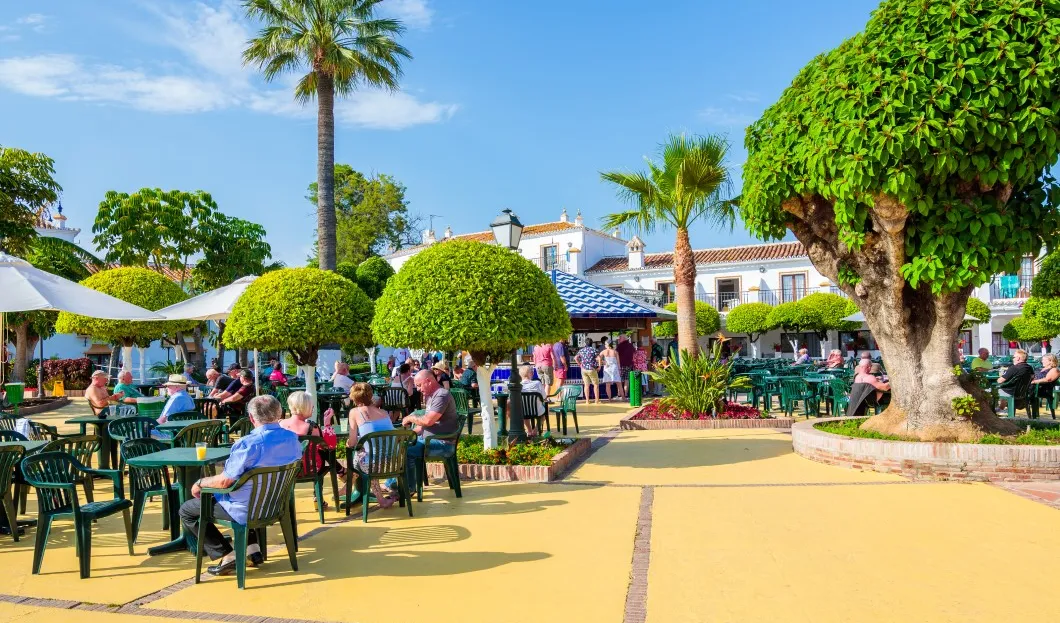
According to the National Institute of Statistics (INE, in Spanish), the contribution of the Spanish tourism industry in this last decade has been the main segment that has kept the Spanish economy afloat during the economic recession and its subsequent recovery.
INE’s Tourism Satellite Account shows, that since 2010, the real evolution of the Spanish tourism sector has been better than that of the country's economy as a whole. In this sense, “the weight of the Gross Domestic Product (GDP) associated with tourism, measured through the final tourism demand, reached 125,529 million euros in 2016,” which represents 11.2% of the Spanish economy.
More recently, EXCELTUR (a tourism organization) has quantified the contribution of tourism to the GDP in 60,300 million euros for 2017, which implies that it has increased its weight on the Spanish economy by three tenths, up to 11.5%, thanks to a year-on-year increase of its contribution by 4.4%.
This effect of tourism also has an impact on the employment sector, which has one of its main pillars in the hospitality industry and similar commercial activities. According to EXCELTUR, 77,501 new jobs were created last year, in a phenomenon motivated by the increase in demand, which in turn leads to an increase in temporality and seasonality.
It should also be accounted that the good data reported for Spanish tourism sector, expressed in this new record of almost 82 million international visitors, which exceeded last year’s numbers, occur despite the recovery of similar destinations, such as Turkey, Egypt or Tunisia, which had lost around 15 million tourists in 2016, but managed to attract 8.5 million travelers since last summer.
For this year, EXCELTUR forecasts a generalized growth in sales and results that would translate into an increase of the tourism GDP by 3.3%, again above the average for the Spanish economy, although slowing its growth compared to the years of 2016 and 2017.
To expand on these forecasts, the Organization for Economic Co-operation and Development (OECD) has just published a report titled “Tourism Trends and Policies 2018”, which highlights the decisive and important role of tourism activities in Spain.
This way, the OECD reduces the impact of this sector in the local economy by 11.1%, a figure below the INE estimates. However, this percentage far exceeds that of other 32 OECD members, such as Portugal, which comes in second place with 9.2% contribution to GDP, and Mexico in third place, with an 8.6%.
Meanwhile, the two world leading countries by number of visitors, France and the United States, have a lower contribution of the tourism sector to the economy, with only 7.1% and 2.7% respectively, which is partly explained by the larger size of their GDP, and also because their economies are much more diversified than the Spanish one, in which engineering, manufacturing, finance or the technology sector have far less prominence.












